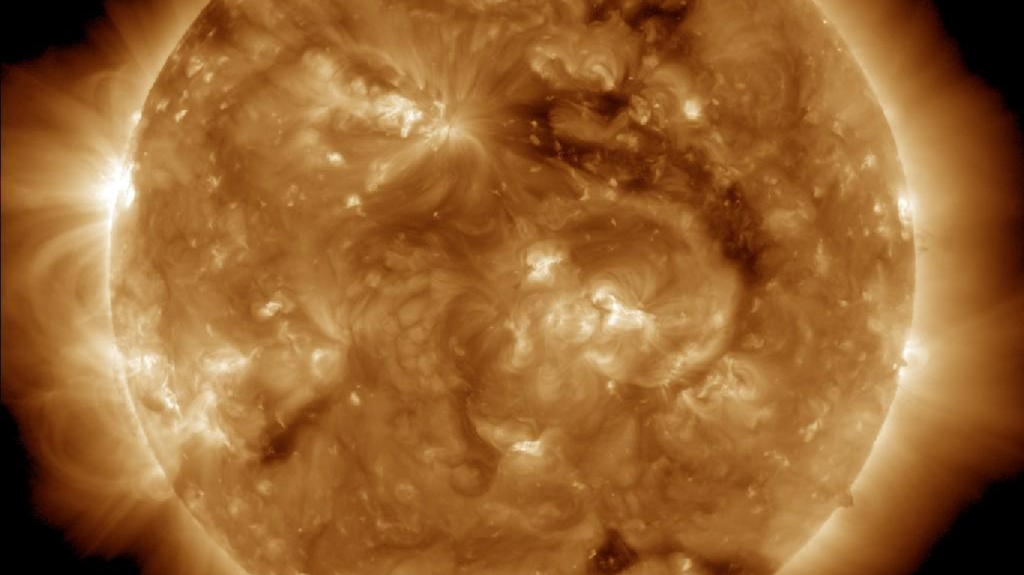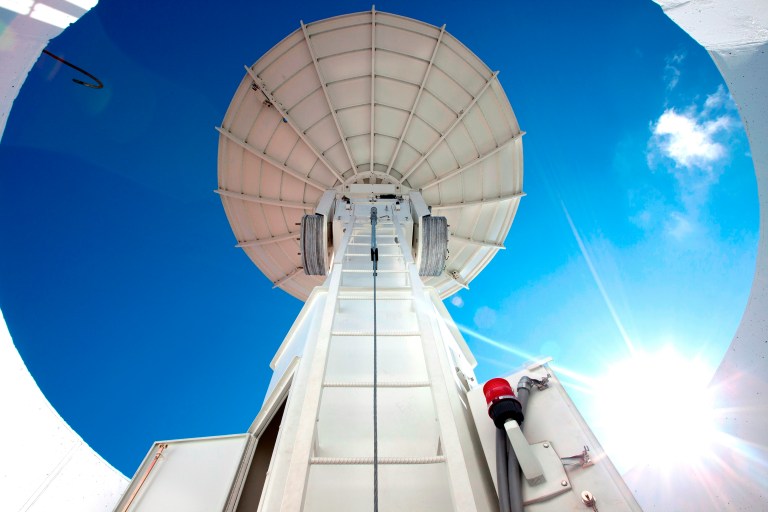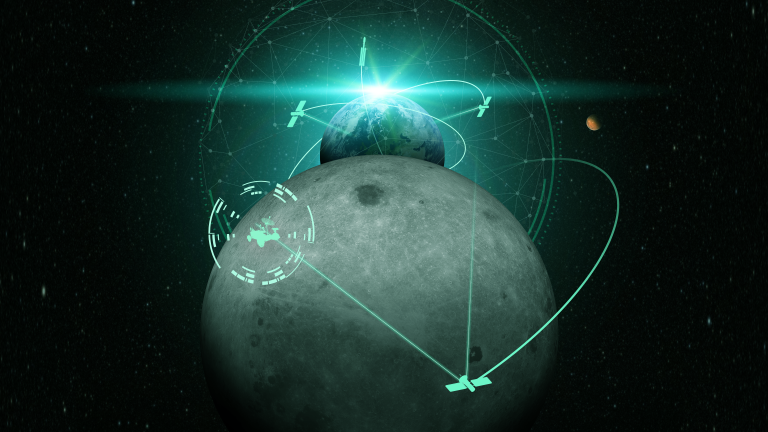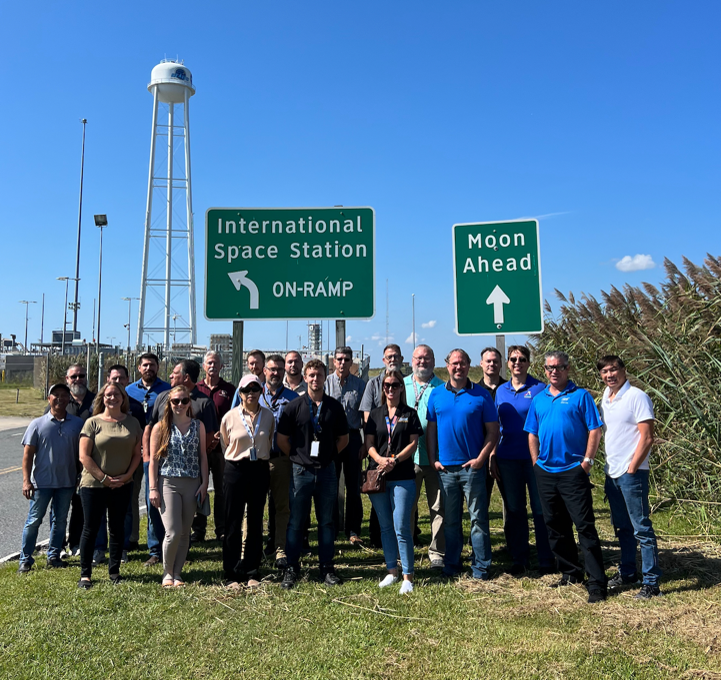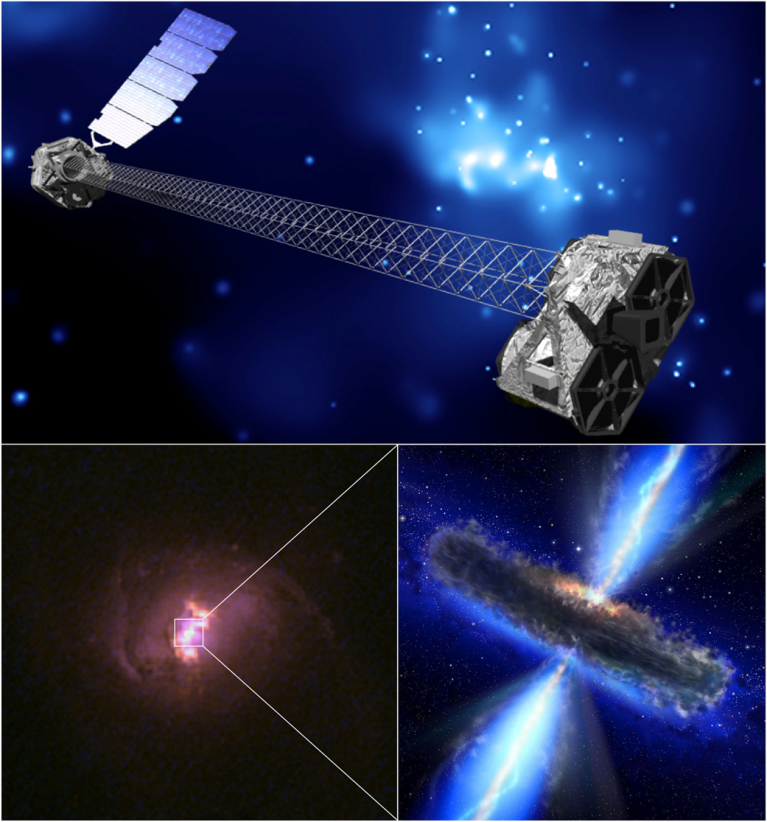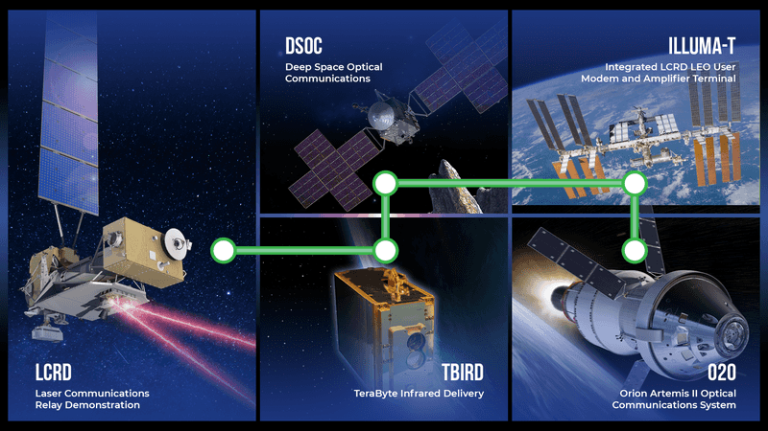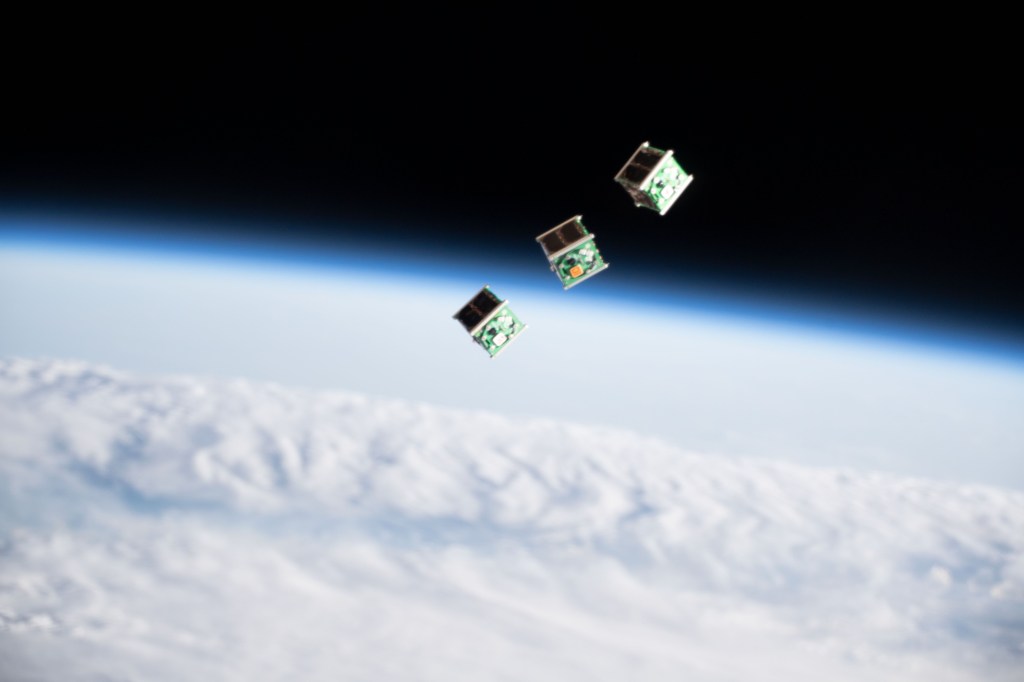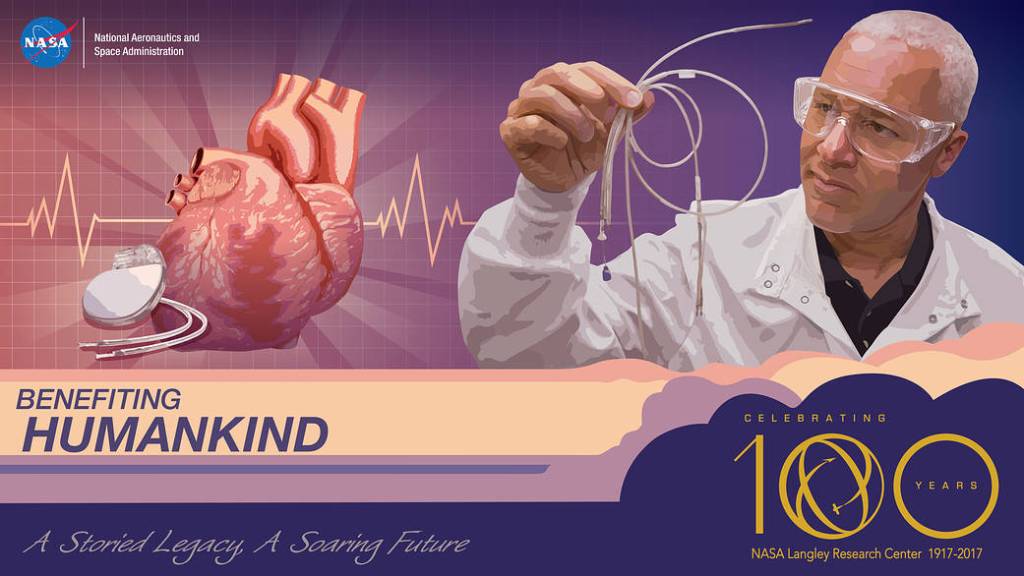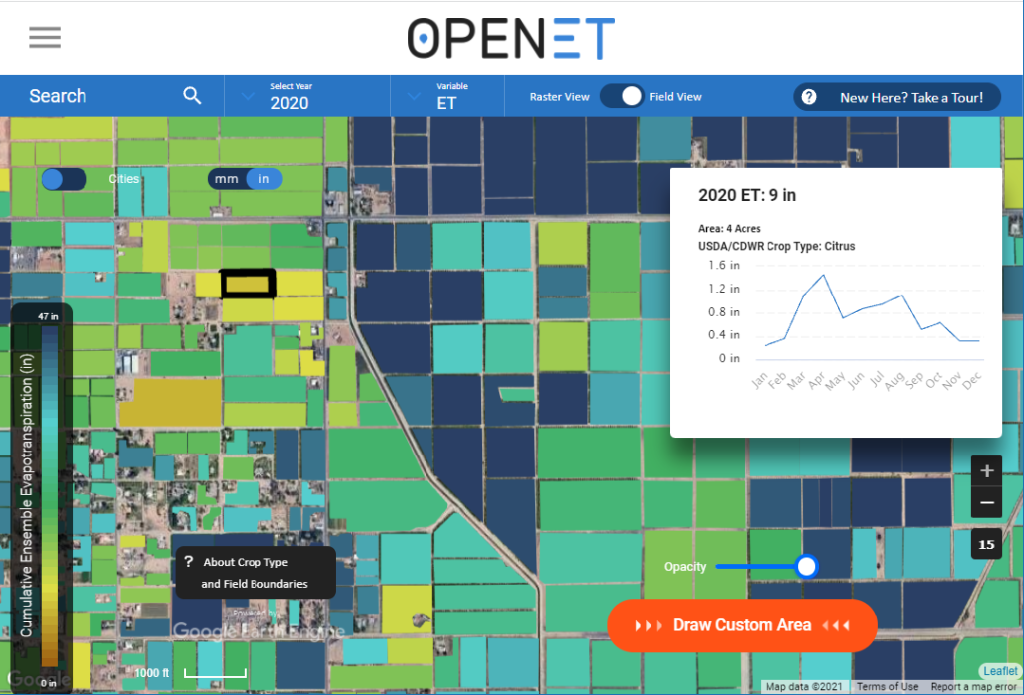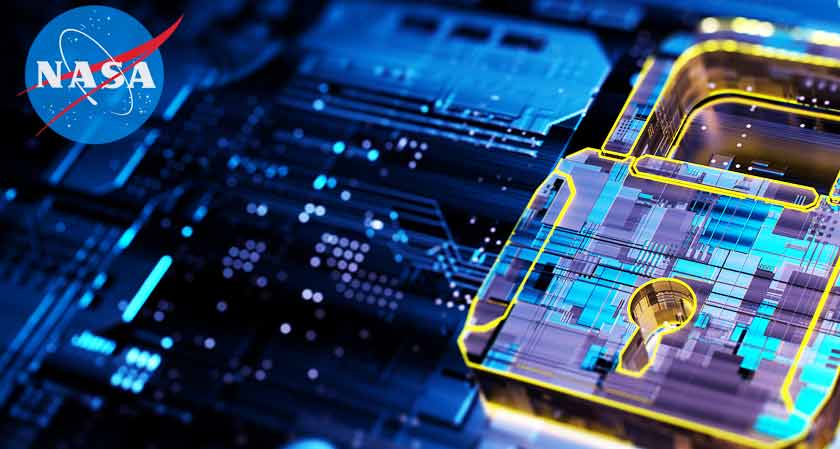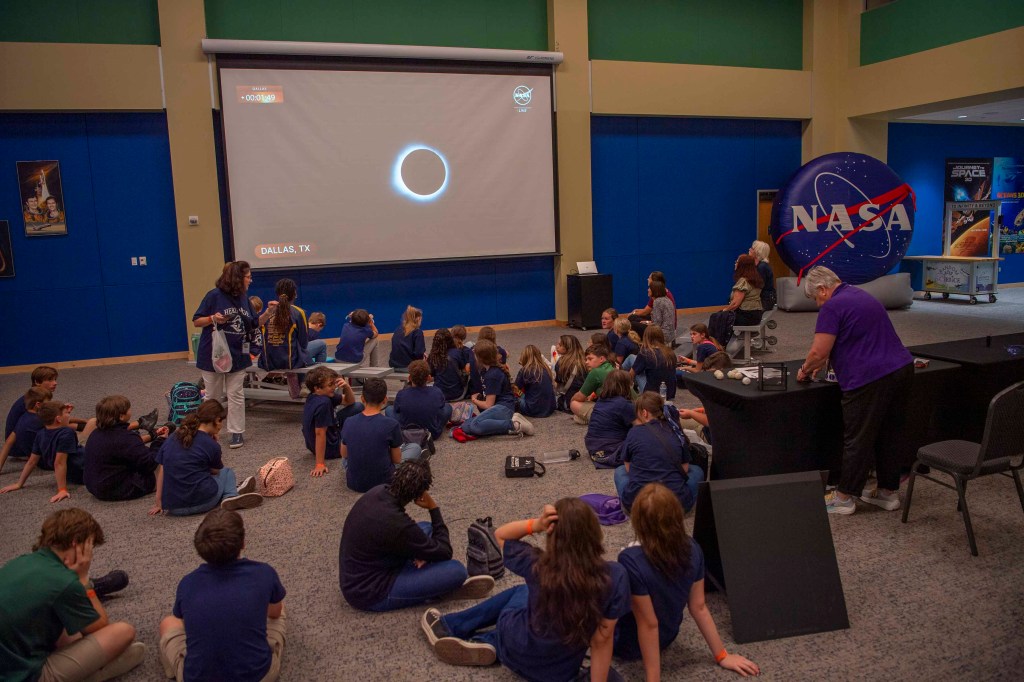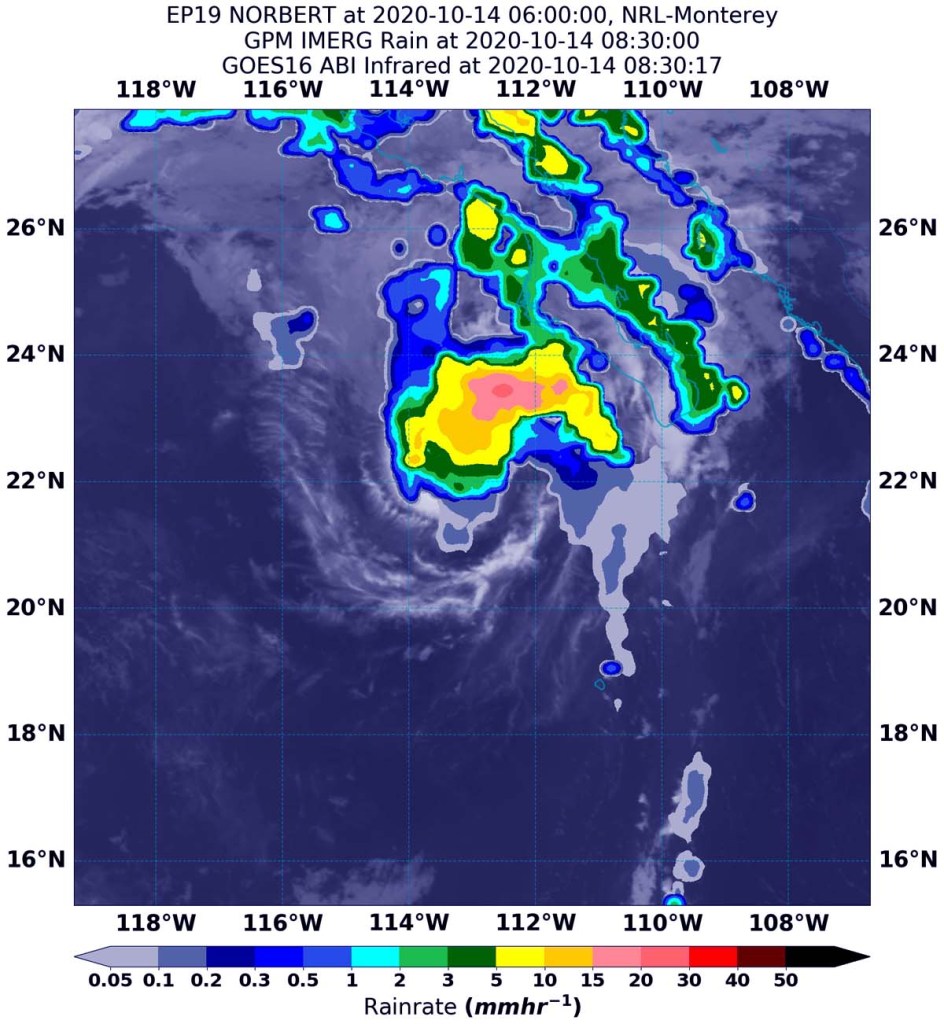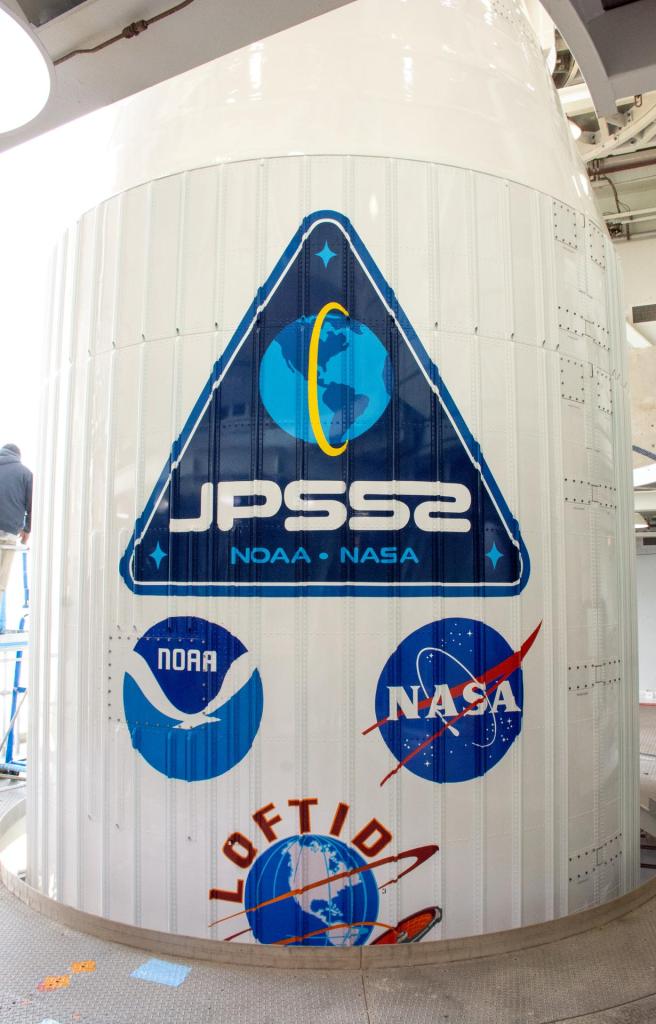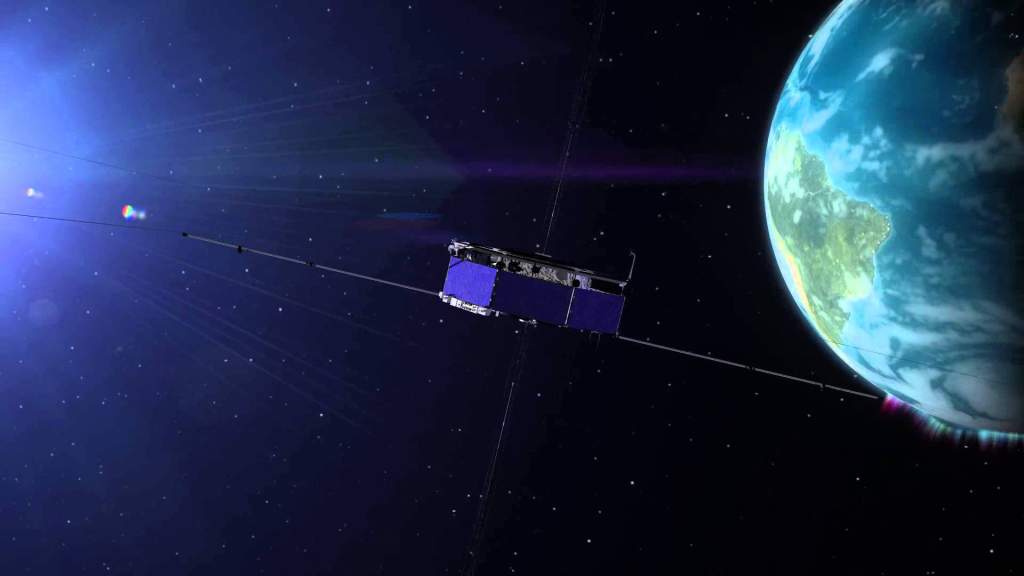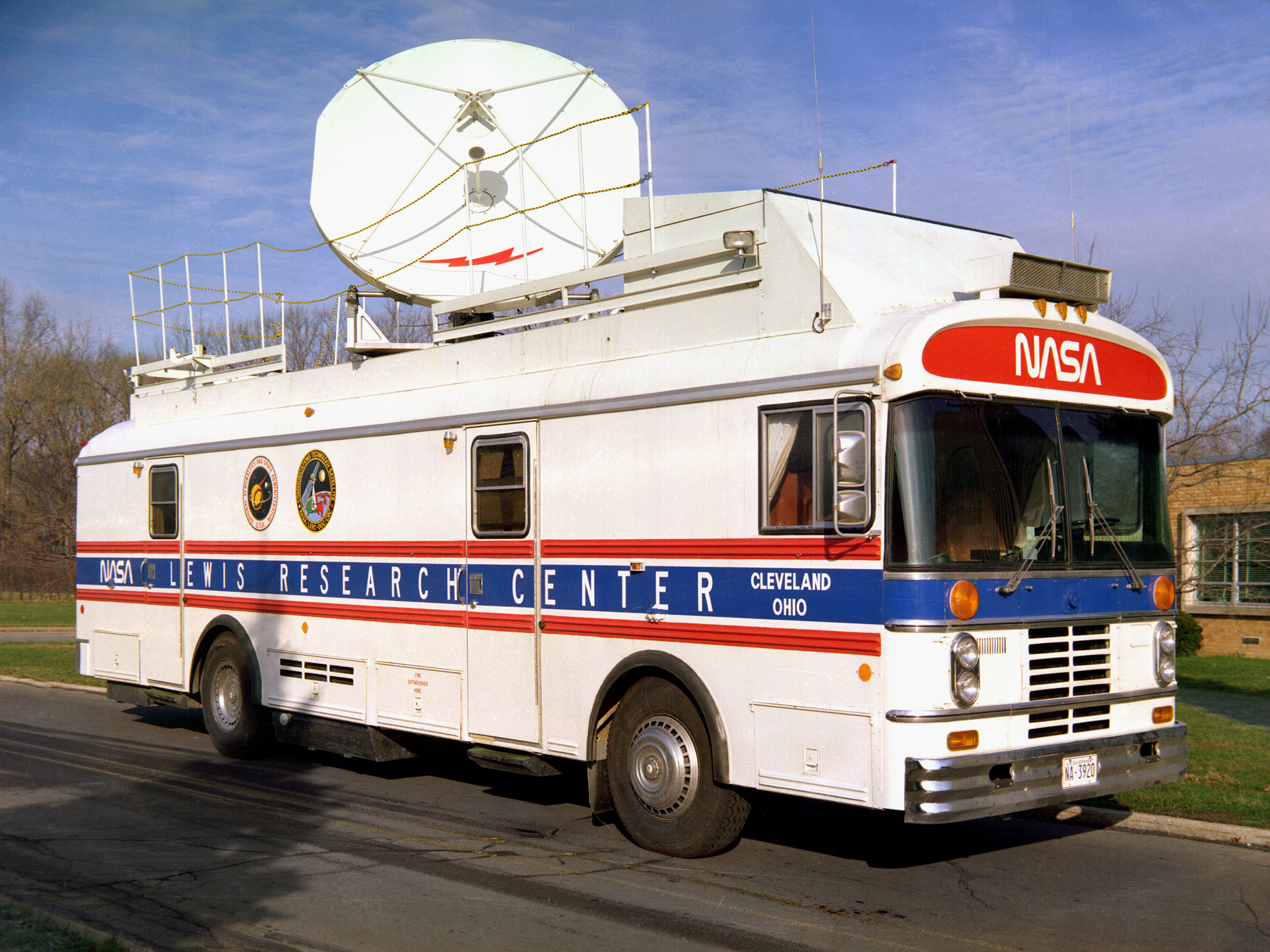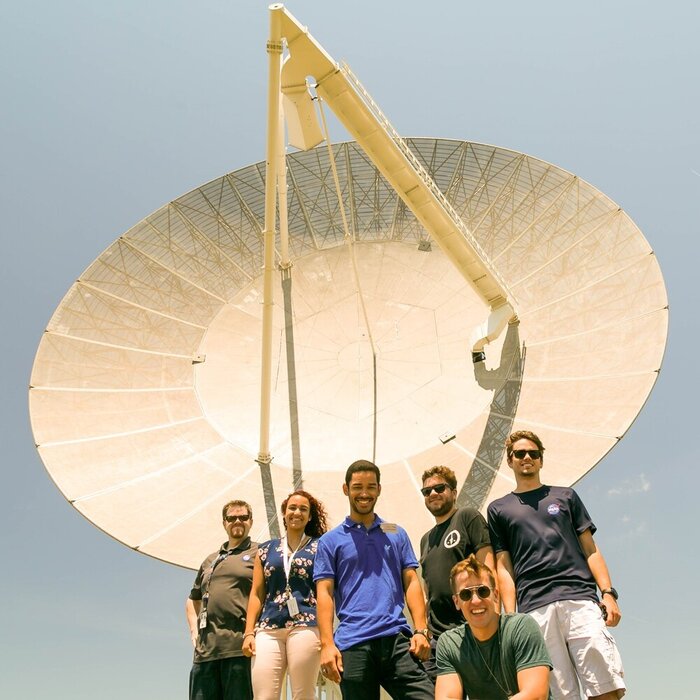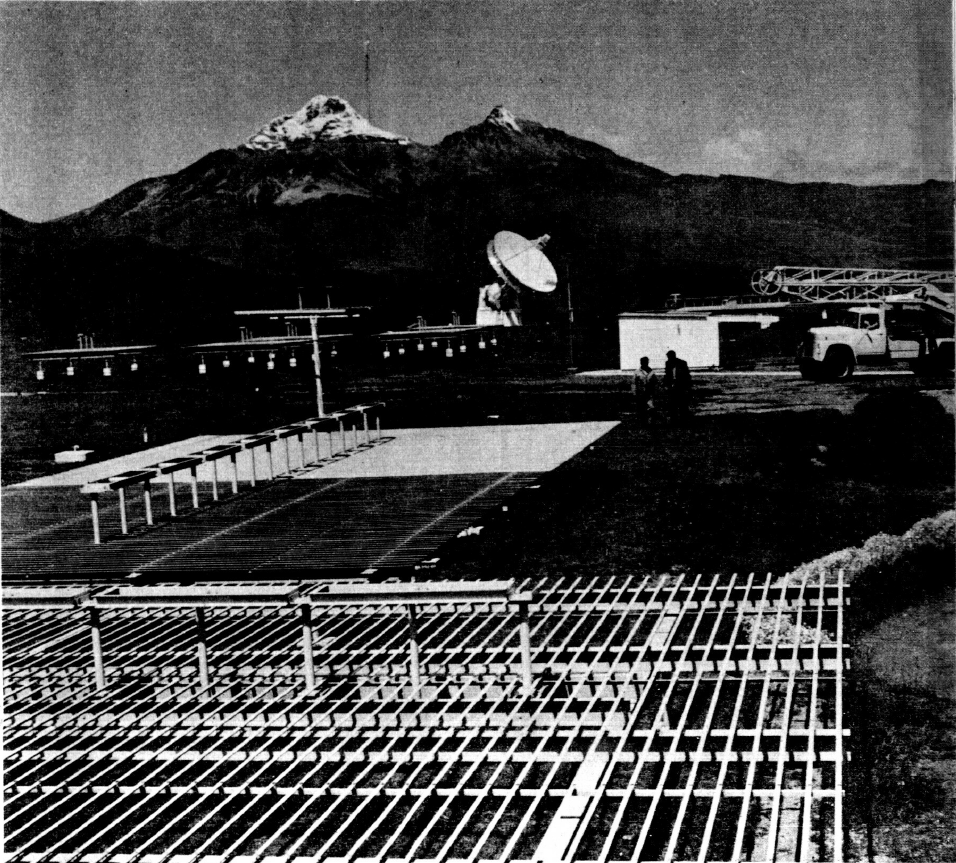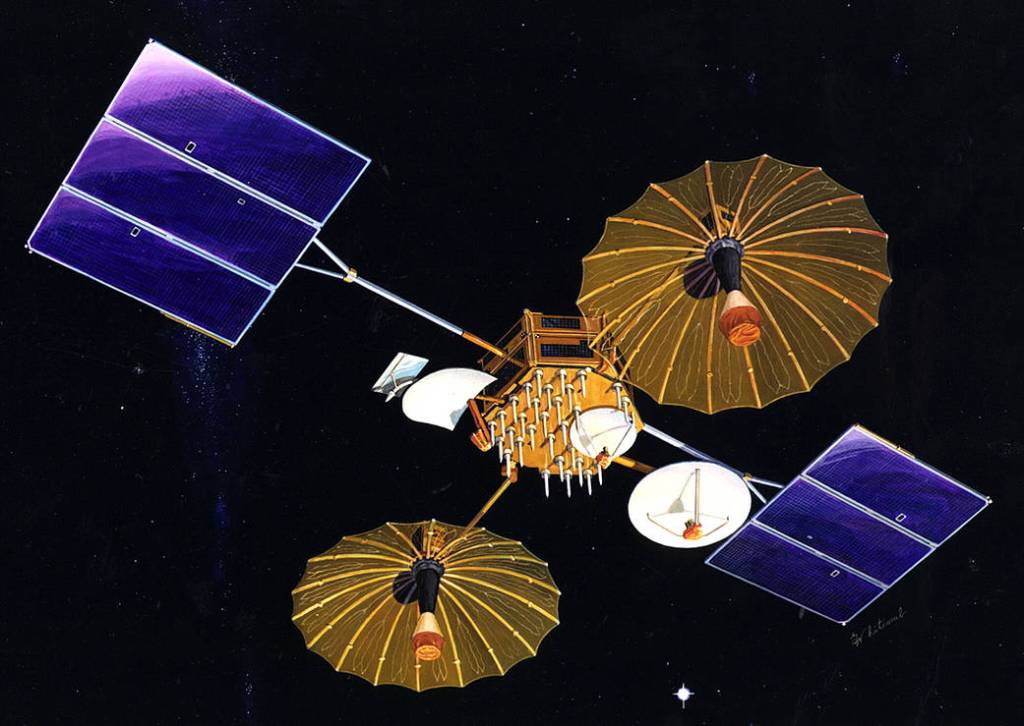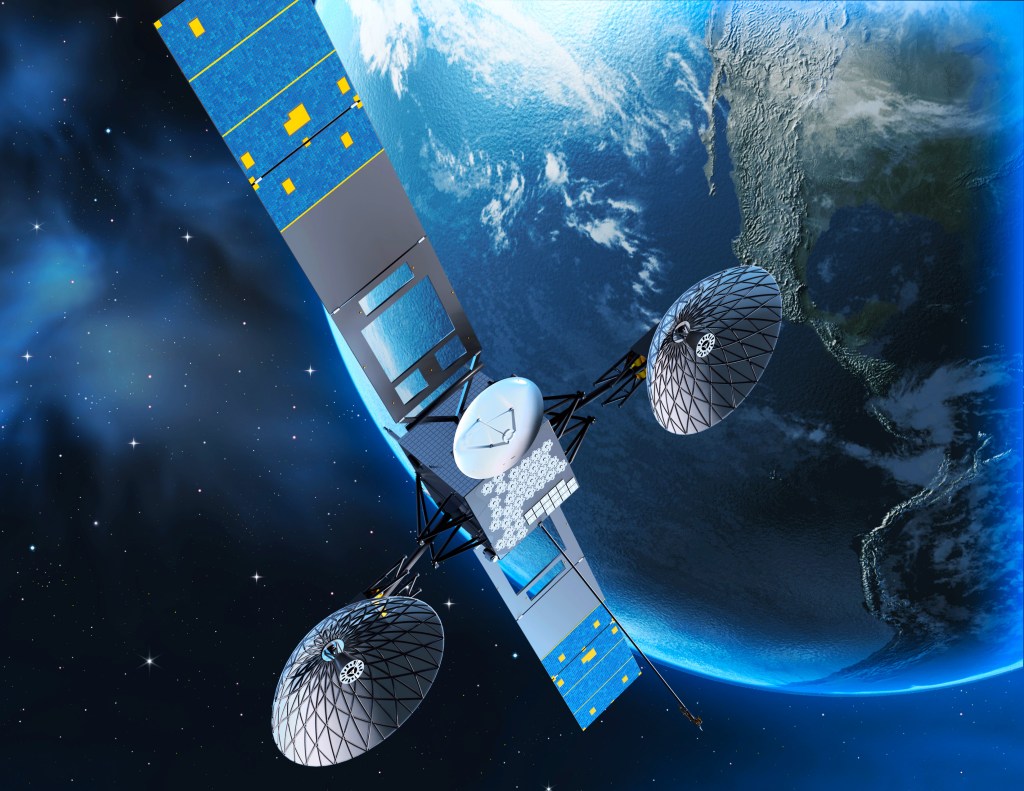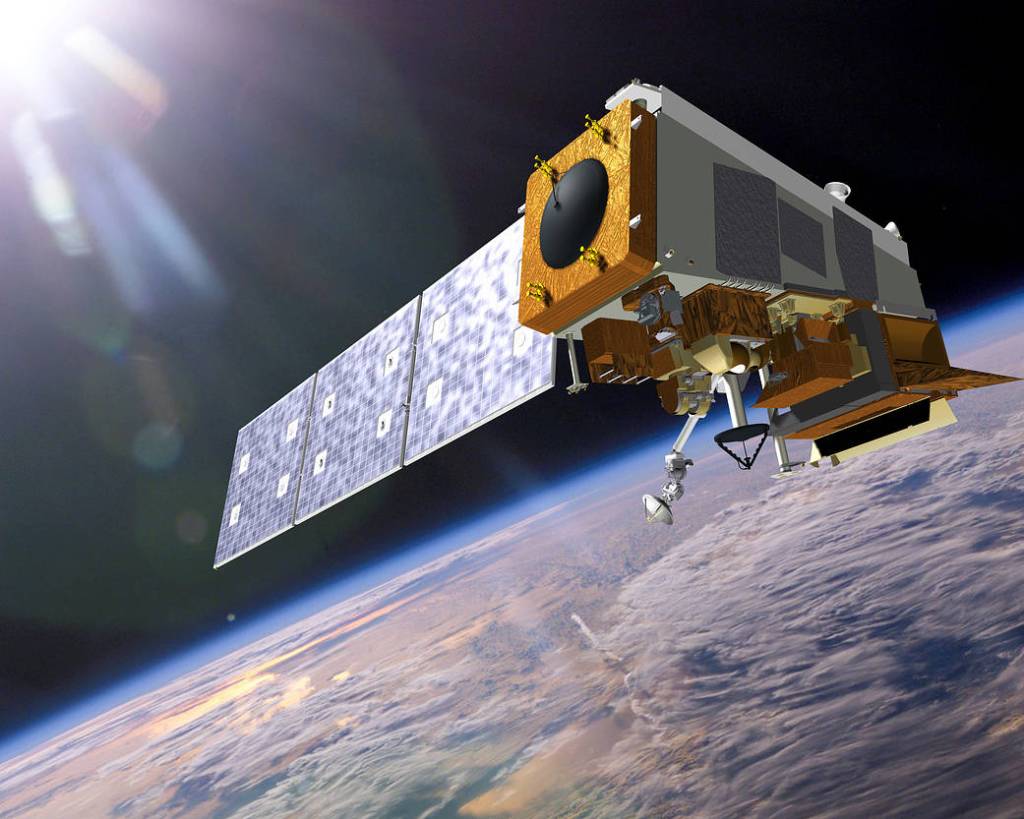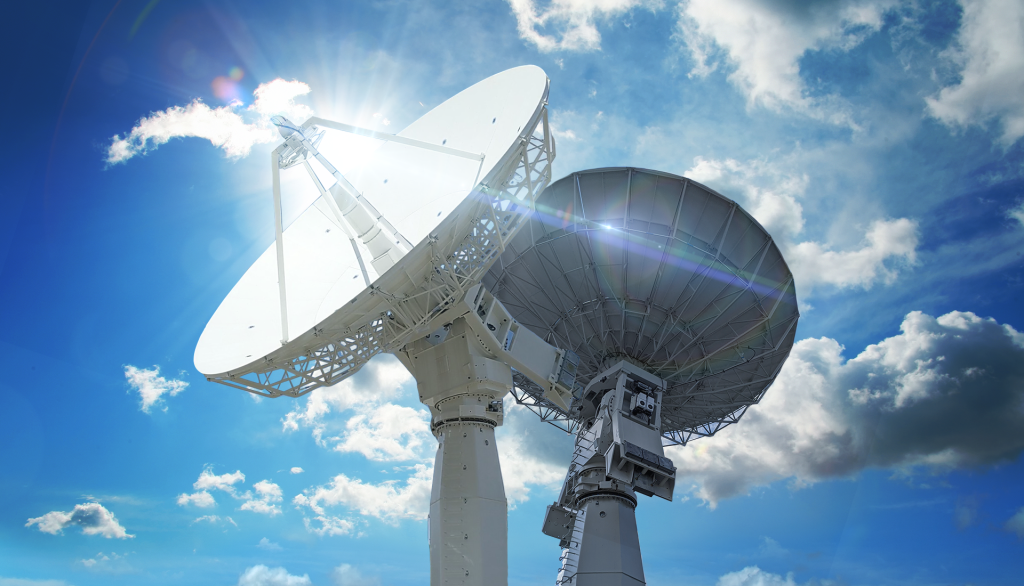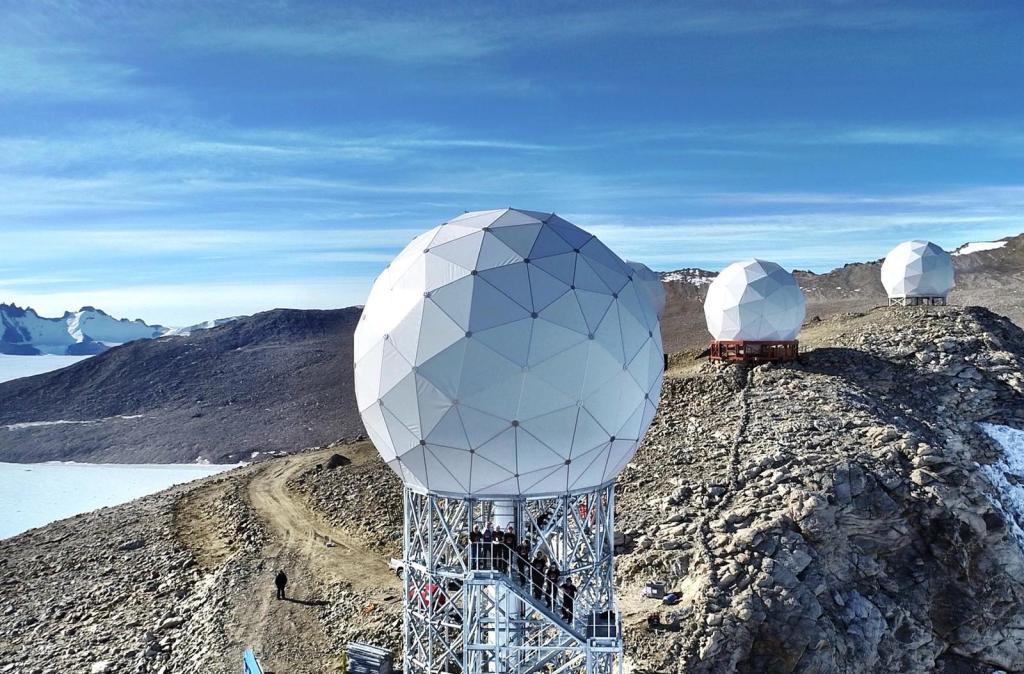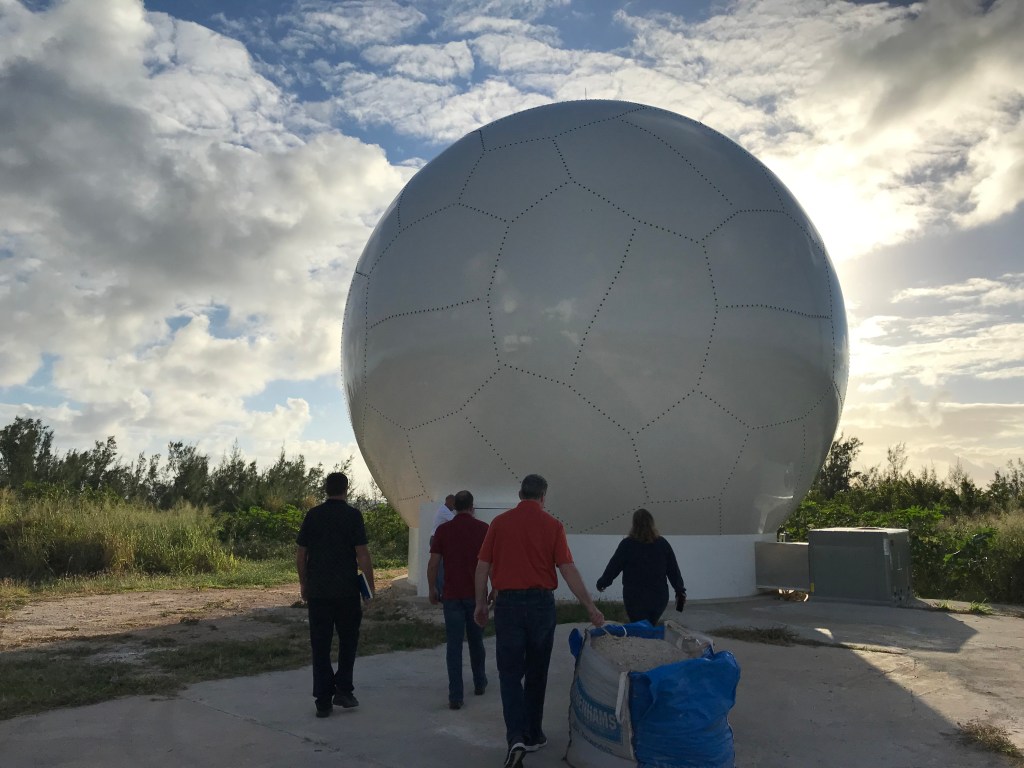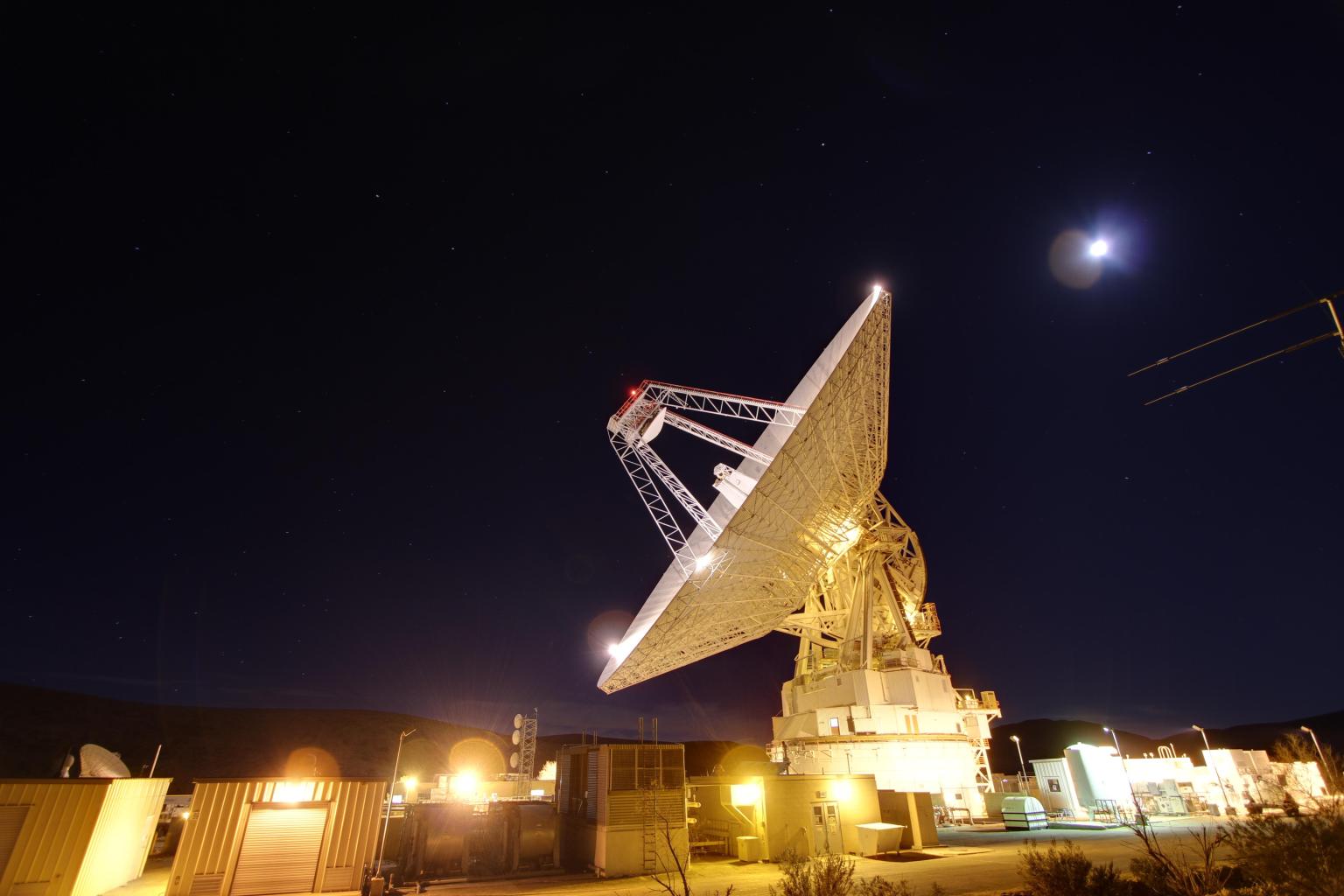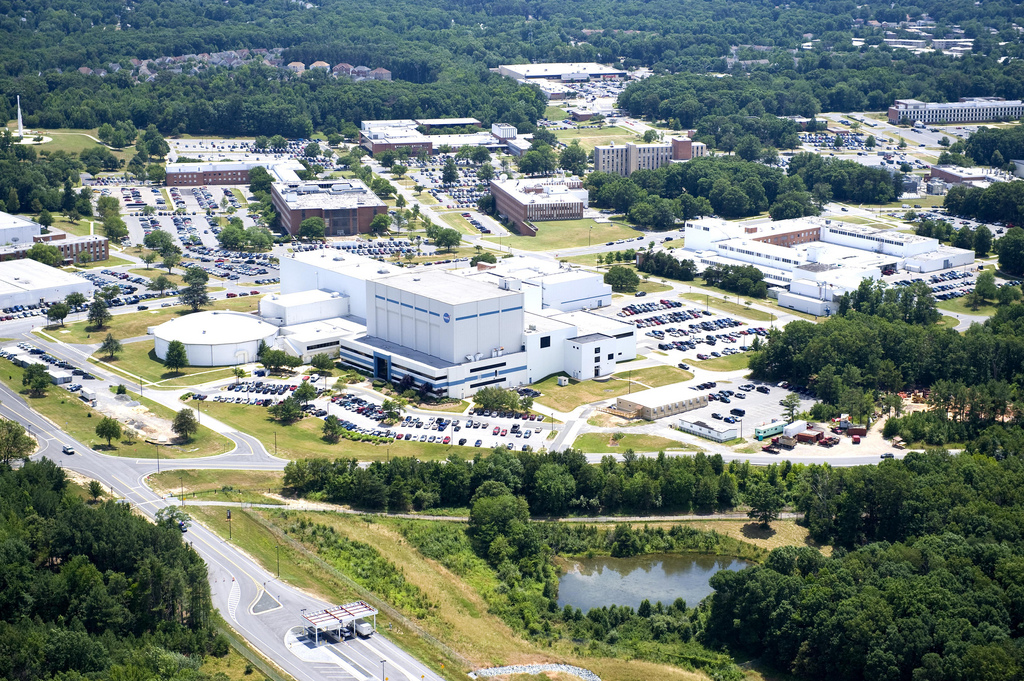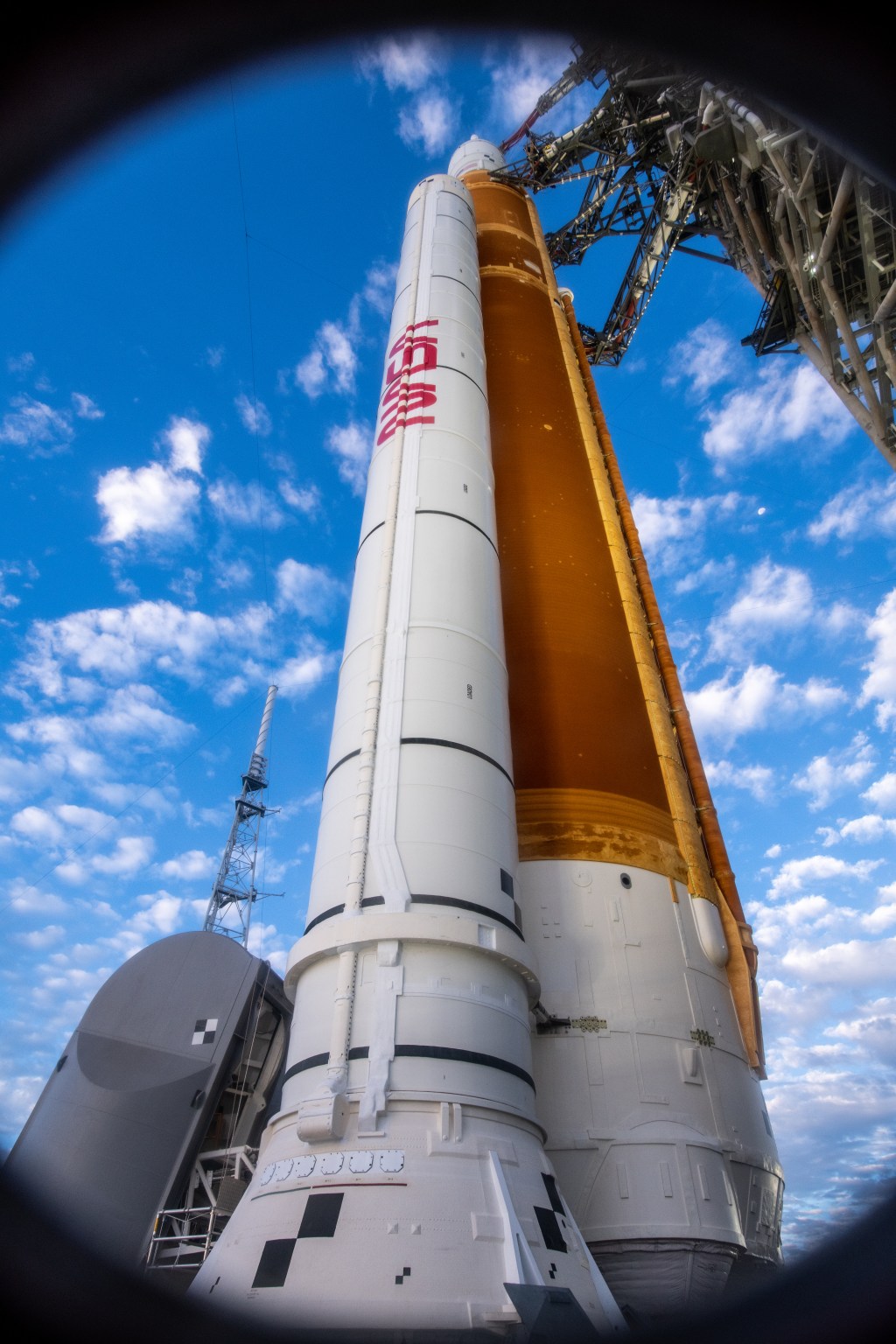Overview
Based out of NASA’s Goddard Space Flight Center, the Exploration and Space Communications (ESC) projects division provides full-coverage communications and navigation services, as well as cross-cutting technical expertise to move NASA into the future. These services are critical to returning ground-breaking scientific data to Earth where it can be used for the benefit of humanity. The ESC projects division works on behalf of the SCaN (Space Communications and Navigation) Program office at NASA Headquarters to effectively implement their vision of advancing communications technologies.
Exploration and Space Communications
On Earth &
In Space
The Value of Network Support
The everyday world sometimes seems far away from the concerns of NASA scientists and technologists, but ESC’s projects also have widespread applications across society. Explore our quick facts to learn about the unexpected and wide-reaching impact ESC has on critical work here on Earth.
Quick Facts
The History of ESC
ESC Technology
Radio Frequency Communications
Today, most space missions use radio waves to communicate with Earth and each other.
Radio waves are a form of electromagnetic radiation on the spectrum. The electromagnetic spectrum is a range of types of energy that travel through the universe, and the basis of all space communications. Missions encode their scientific data onto the electromagnetic signals to send back to Earth. Radio waves are invisible; however, visible light is another part of the electromagnetic spectrum. NASA has been using radio frequency communications since the early days of spaceflight to communicate with spacecraft, sending commands and receiving data.
Over the course of 60 years, NASA’s Goddard Space Flight Center has remained at the forefront of development and sustainment of communications capabilities for NASA. Today, Goddard is the home to NASA’s Near Space Network which brings down terabytes of mission data every day via two types of radio frequency communications services: space-based relay communications and direct-to-Earth communications.
Direct to Earth Communications
The Near Space Network has ground stations all over the world to receive data periodically throughout a spacecraft’s orbit.
To communicate with the direct-to-Earth (DTE) portion of the network, spacecraft must have an unobstructed view of a ground station on Earth with antennas capable of receiving the satellite’s signal. The Near Space Network has ground stations all over the world to receive data periodically throughout a spacecraft’s orbit. This method of communication is well suited to science missions that do not need to be in constant contact with Earth. For direct-to-Earth communications, the Near Space Network leverages both commercial providers and government-owned, contractor-operated systems.
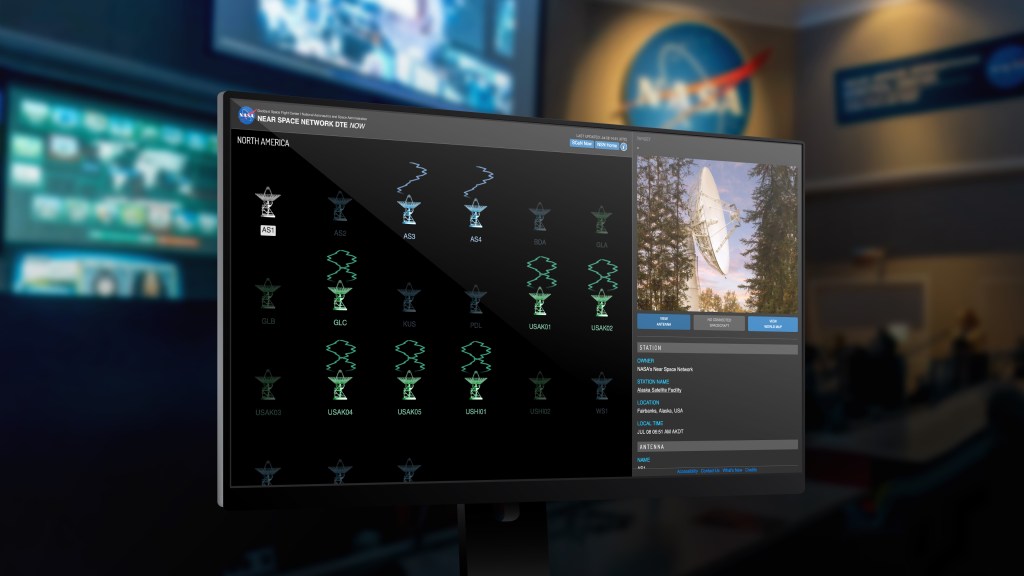
Space Relays
Spacecraft orbiting Earth at different rates and altitude send their data to a TDRS spacecraft, which relays the data back down to “stationary” ground stations.
The Near Space Network also supports missions that need continuous communications coverage throughout an entire orbit, human spaceflight missions. For missions needing these services, such as the International Space Station and Hubble Telescope, the network directs them to the Advanced Communications Capabilities for Exploration and Science Systems (ACCESS) project. ACCESS operates NASA’s fleet of Tracking and Data Relay Satellites (TDRS), which are located in geosynchronous orbit over three key areas on Earth, about 120 degrees apart. There are ground stations located within line of sight of where these TDRS are orbiting, so that the satellite can always transmit data down to the antennas at any time.
Optical Communications
Optical communications, also known as laser communications, represents a major step forward in space communications.
Currently, NASA primarily communications via radio frequency. These radio waves are part of the electromagnetic spectrum, a range of energy that travels through the universe. While radio provides reliable technology tested by time, exploring new parts of the electromagnetic spectrum could store more data and avoid crowded signals. Optical communications use lasers in the infrared portion of the electromagnetic spectrum, allowing more data to be encoded into each transmission. Optical communications systems also have reduced size, weight, and power requirements than traditional radio systems, meaning spacecraft can direct more space and power to other resources.
Goddard is recognized as the NASA center of excellence for optical communications by NASA Headquarters. Early exploration of optical was done at Goddard through the Lunar Laser Communications Demonstration (LLCD), which launched in 2013 and proved that optical communications is possible from the lunar region. Since then, Goddard and ESC are infusing optical communications into a series of demonstration missions to prove its capabilities in a variety of applications. Today, ESC is working on several cutting-edge optical communications missions, with more missions likely to adopt optical as space exploration advances to Mars and beyond.
Infrared Advantages
As the capacity for space exploration continues to grow, NASA is implementing laser communications technology to enable greater, more secure science data.
Lasers not only enable the capacity for greater space data delivery, but they also offer greater security. When pointed at Earth, laser beams expand at a much lower rate than the radio frequency waves and therefore cover less surface area. For this reason, laser communications technology is more secure, minimizing the potential for outside interference to space signals.
The system’s security is partially the result of its signal process. First, the ground station is notified in advance when a spacecraft will be making a pass and emits a signal that scans the general area of the spacecraft. Because the pass was pre-scheduled, the spacecraft already knows to look for this signal, and sensors on both the spacecraft and the ground station drive the pointing mechanisms, enabling both to maintain contact, or “lock,” within seconds. Then, the spacecraft’s modulator transfers science or other data onto the laser beam, and the signal travels through the spacecraft’s optical terminal by bouncing on a series of strategically-positioned mirrors inside the system. When the laser beam reaches the spacecraft telescope, it is pointed at the ground station with the help of the controller unit, which maintains lock with the ground terminal.
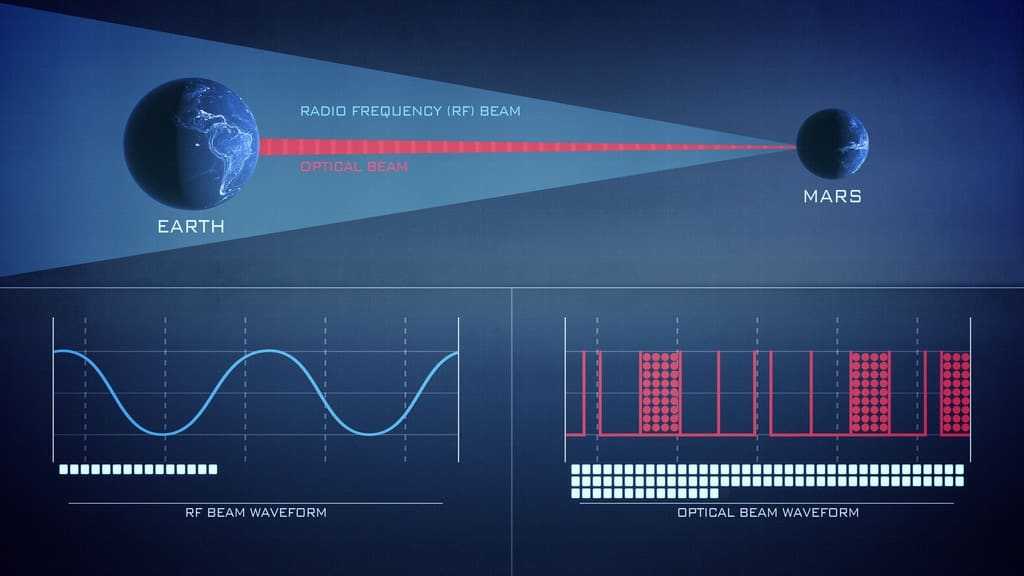
Space Communications: 7 Things You Need to Know
NASA’s Space Communications and Navigation (SCaN) program enables this data exchange, whether it’s with astronauts aboard the International Space Station,…
Read the Story